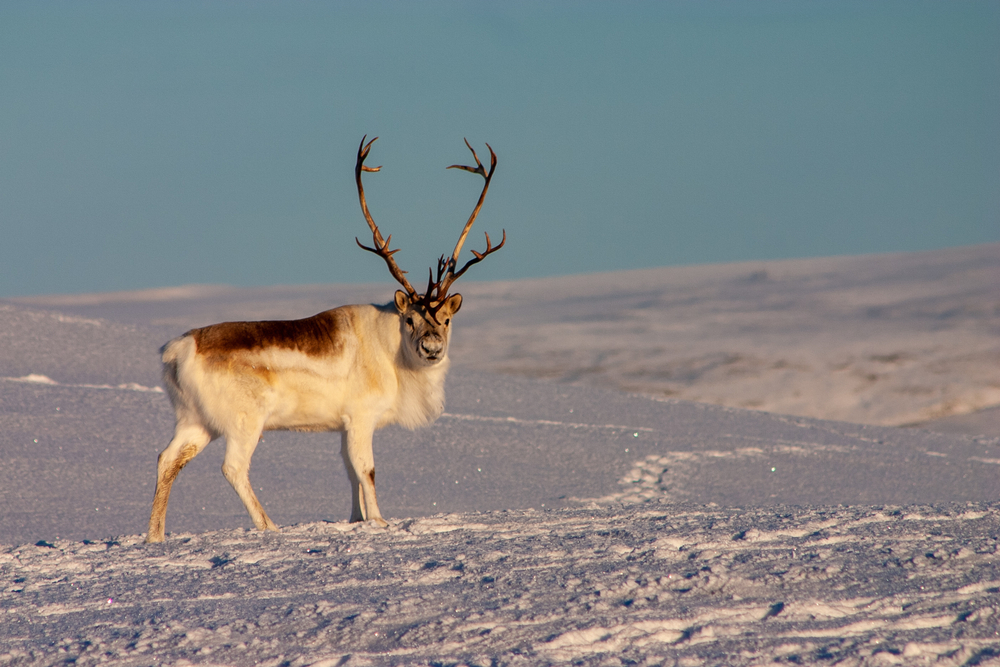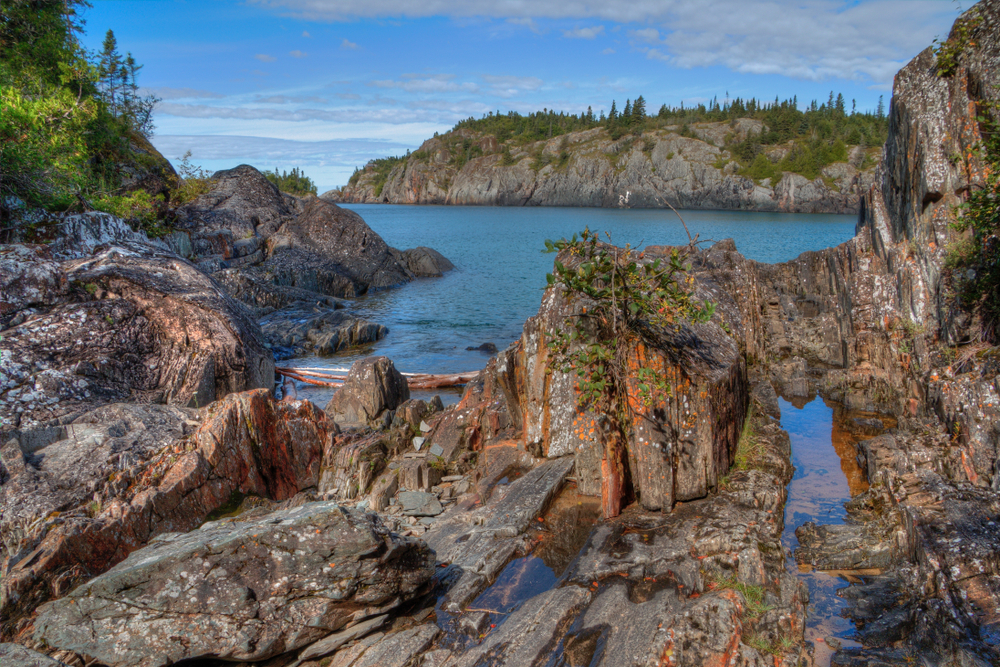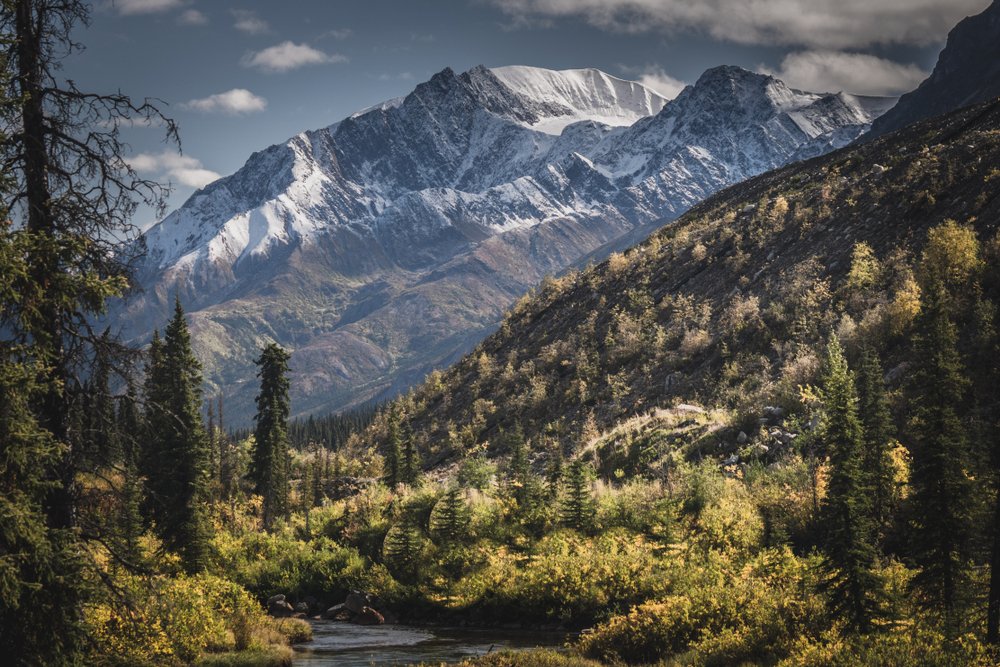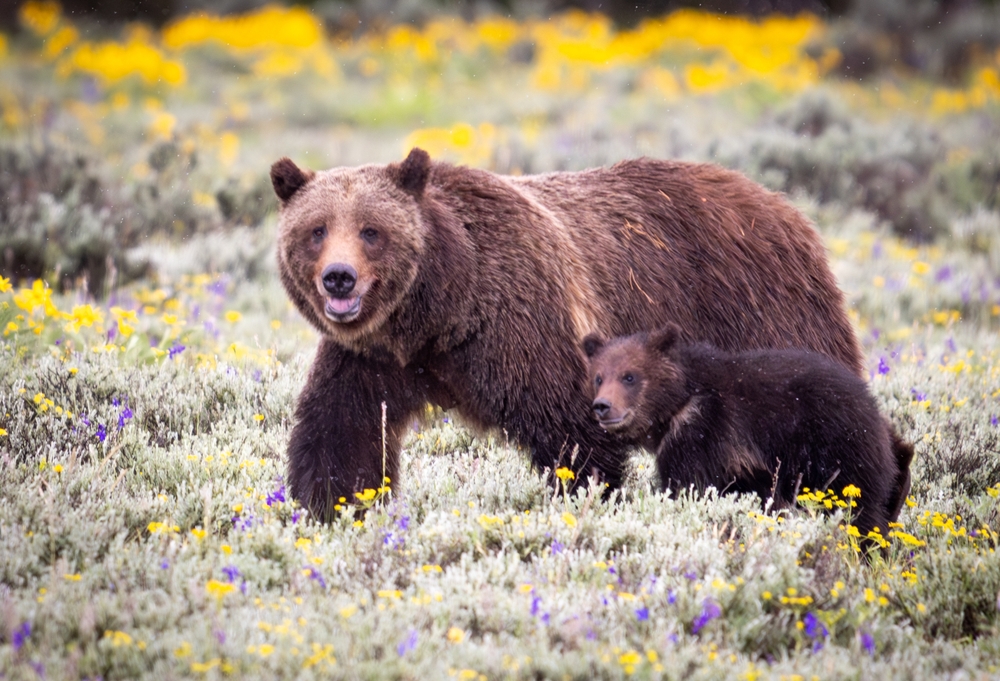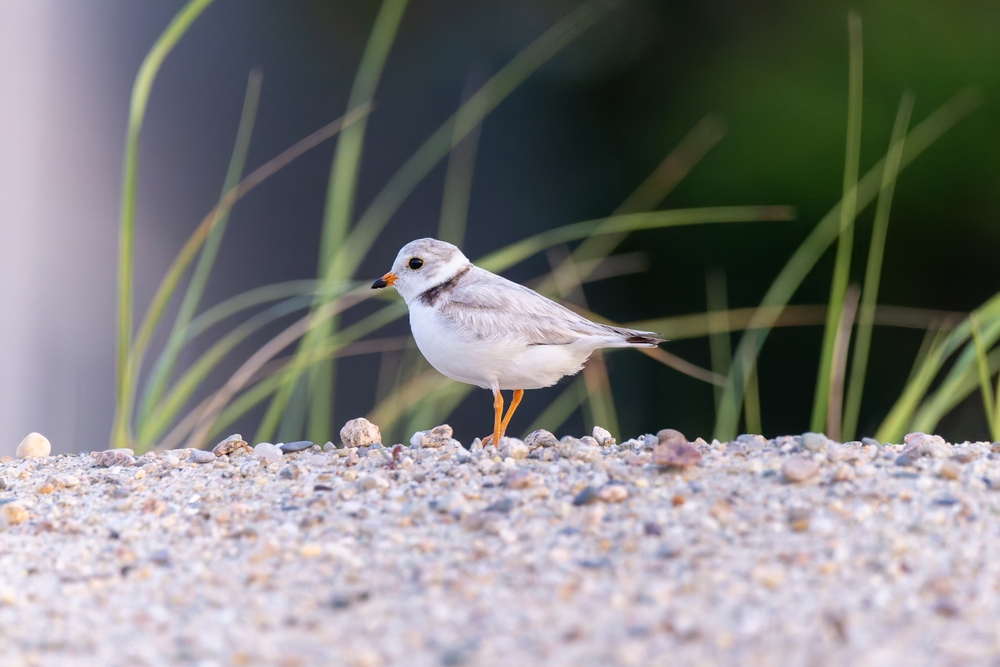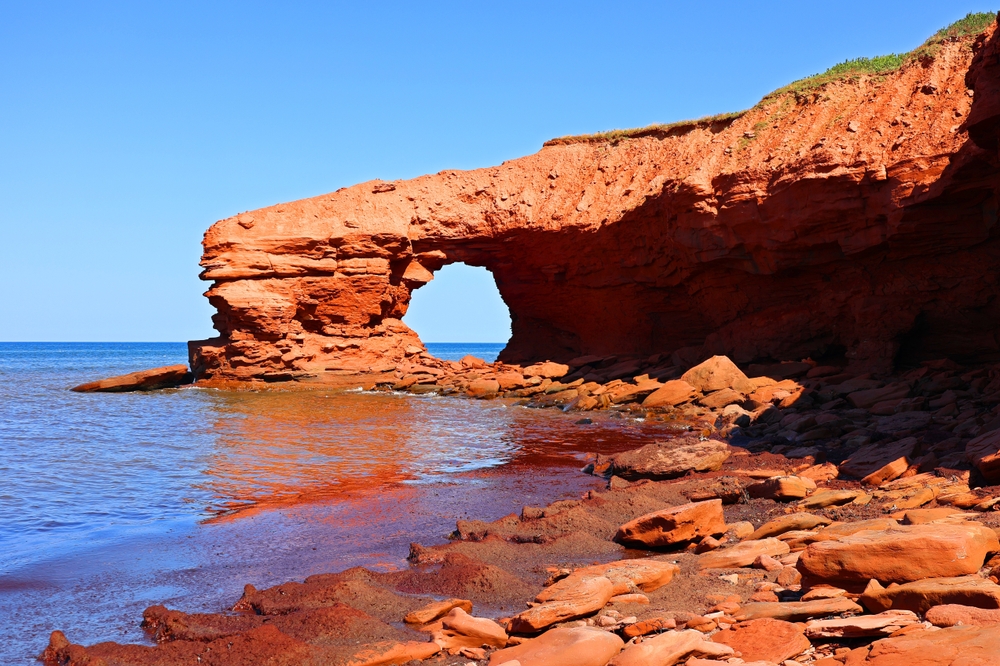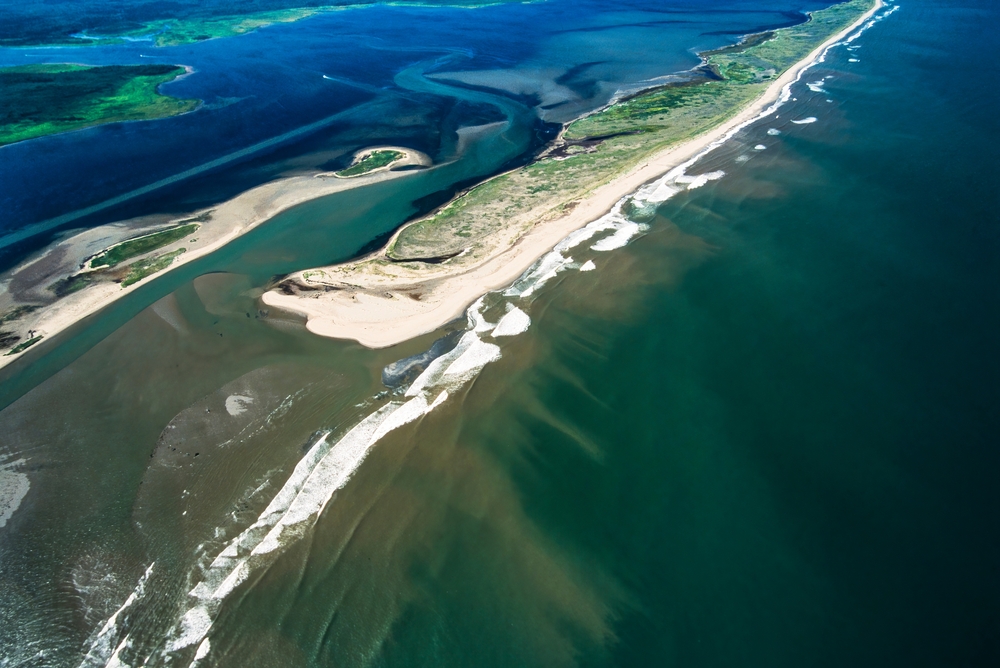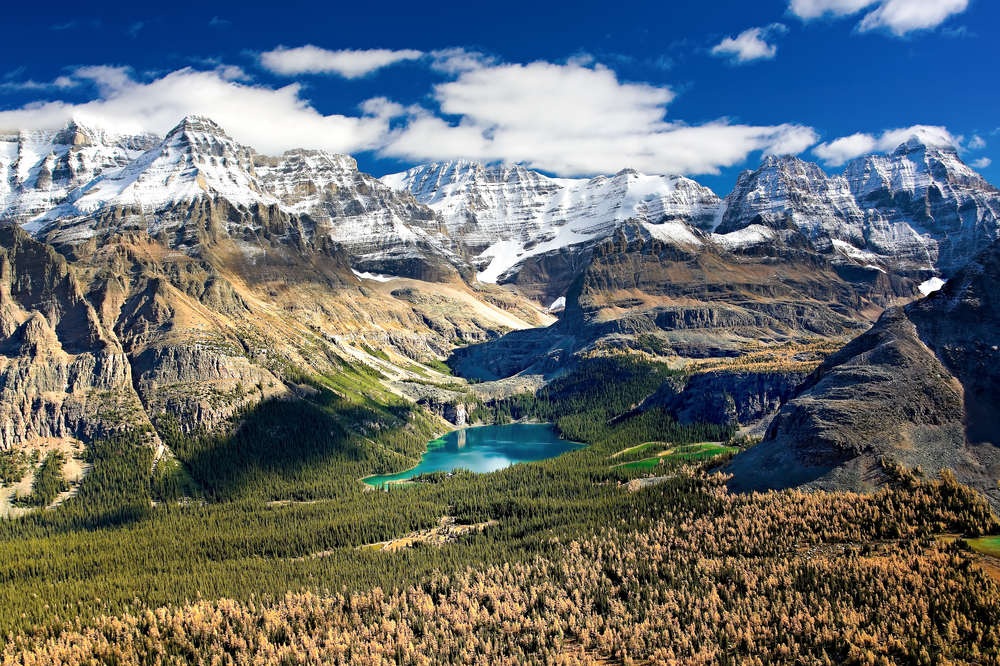Qausuittuq Overview
Qausuittuq National Park, meaning “Place Where the Sun Does Not Rise” in Inuktitut, is a remote and pristine protected area in Nunavut, Canada. Spanning approximately 8,290 square kilometers (3,201 square miles), the park is located on Bathurst Island and surrounding smaller islands in the Canadian Arctic Archipelago.
This vast and isolated expanse features a stark yet beautiful polar desert landscape, where the terrain consists of low-lying tundra, rolling hills, rocky outcrops, and areas of permafrost. The region experiences an extreme Arctic climate, with long, dark winters and brief but vibrant summers, when the sun remains above the horizon for continuous daylight.
The landscape is dotted with ancient marine fossils, testifying to its prehistoric origins, and patches of moss, lichen, sedges, and Arctic willow provide the only plant life capable of withstanding the harsh conditions.
Wildlife in Qausuittuq National Park is well adapted to the Arctic environment, with many species enduring frigid temperatures and scarce food supplies. The park is a vital refuge for the endangered Peary caribou, a small and resilient subspecies that has struggled with declining populations due to climate change and habitat disturbances.
Muskoxen, with their thick, woolly coats, also roam the tundra, often spotted grazing in the sparse vegetation. Arctic foxes and wolves traverse the icy expanse, searching for prey, while polar bears occasionally venture through the region, though they are more commonly seen near the ice-covered shores.
Birdlife in the park is diverse during the brief Arctic summer, as migratory species take advantage of the thawing landscape. Snowy owls, rough-legged hawks, and peregrine falcons soar above the tundra, while seabirds such as thick-billed murres and black guillemots nest along coastal cliffs. The presence of red-throated loons and king eiders adds to the richness of the bird population, providing birdwatchers with rare opportunities to observe these Arctic species in their natural habitat.
One of the park’s most fascinating features is its remoteness and untouched wilderness, making it a destination for adventurers seeking solitude and an authentic Arctic experience. Visitors can explore the landscape on guided treks, immersing themselves in the vast tundra and its geological wonders.
Wildlife viewing is a primary activity, particularly for those hoping to glimpse the elusive Peary caribou or the majestic muskoxen. Due to the harsh conditions and lack of infrastructure, most travelers visit with experienced outfitters who provide logistical support for multi-day expeditions.
In the summer, visitors can experience the surreal phenomenon of the midnight sun, while in the darker months, the Arctic sky dazzles with the northern lights.
Qausuittuq National Park faces significant conservation challenges, primarily linked to climate change. Warming temperatures have led to habitat changes that affect the movement patterns and survival of key species, particularly the Peary caribou. Melting permafrost and shifting sea ice also threaten the region’s ecological stability.
However, Parks Canada, in collaboration with local Inuit communities, has worked to implement conservation strategies that support the protection of this delicate ecosystem while respecting traditional Inuit knowledge and land use.
These partnerships have led to successful monitoring programs and adaptive management strategies, ensuring that the park remains a haven for Arctic wildlife and an important cultural landscape for future generations.








































































